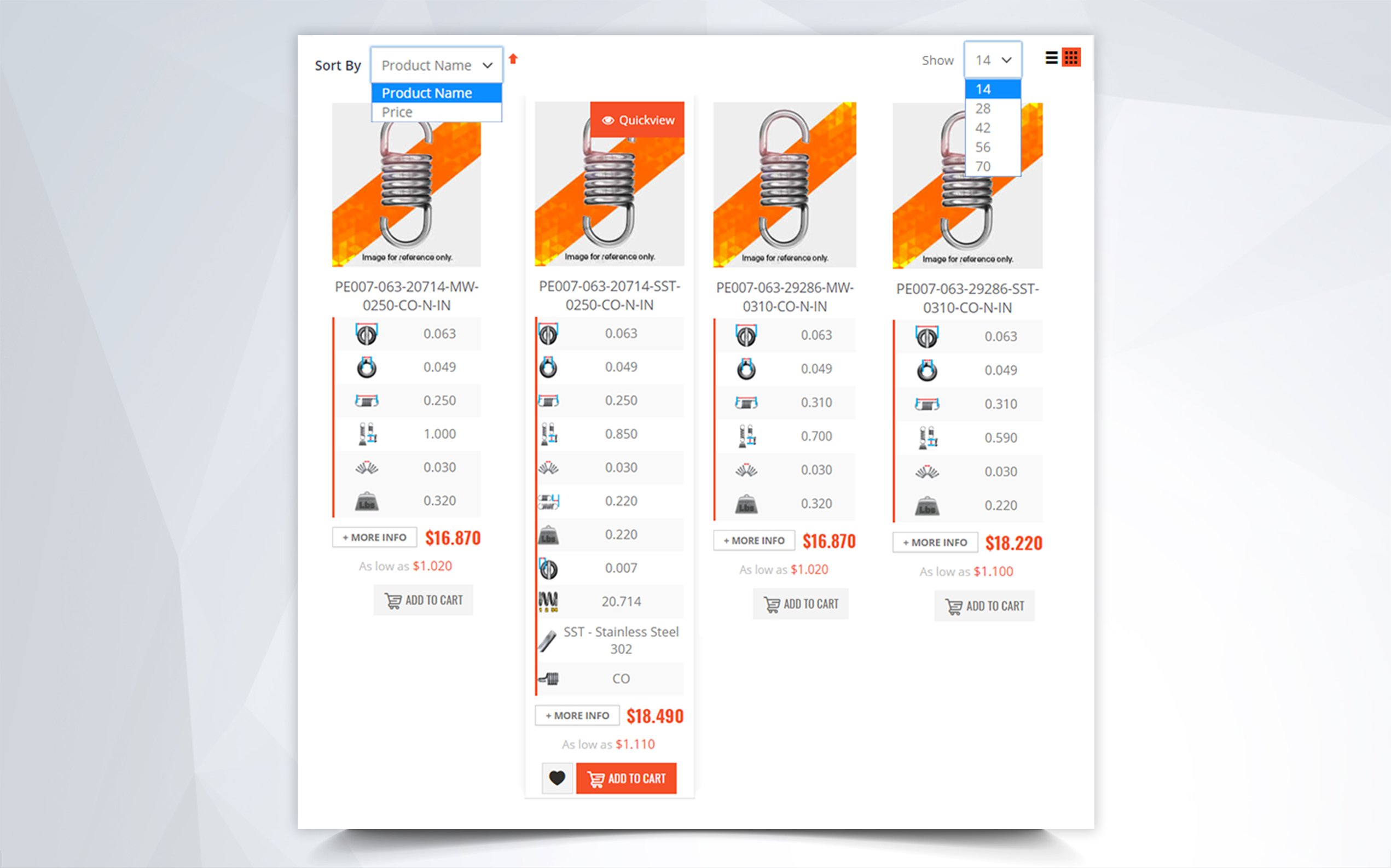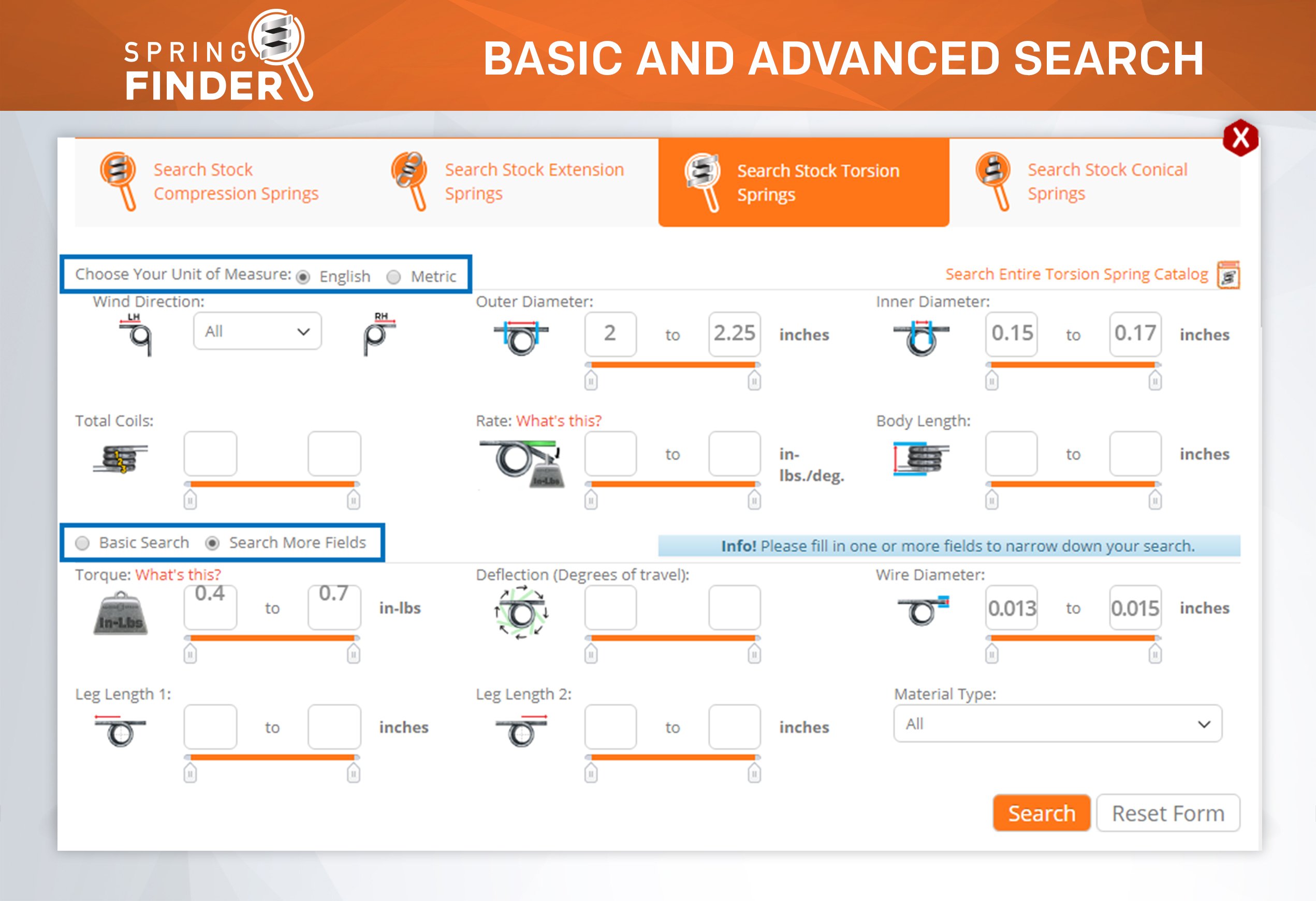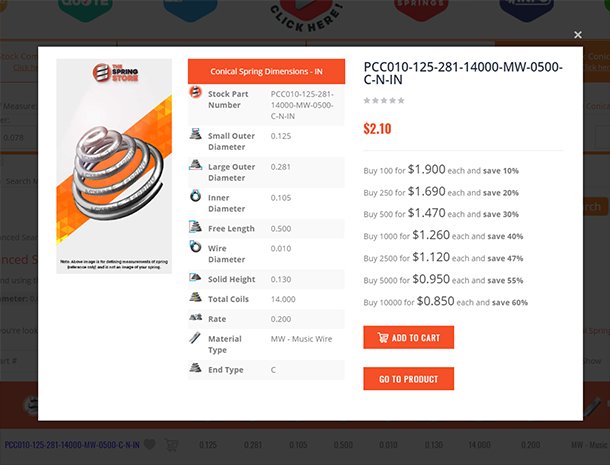What is Pitch in Coil Springs?
When it comes to spring terminology there is quite a list of vocabulary and nomenclature that we often use. In the spring manufacturing industry, many of these terms are often used as second nature, but we understand that not all words are common for everybody that is why we want to take the time to explain what the term "pitch" refers to and why you should be acquainted with this word.
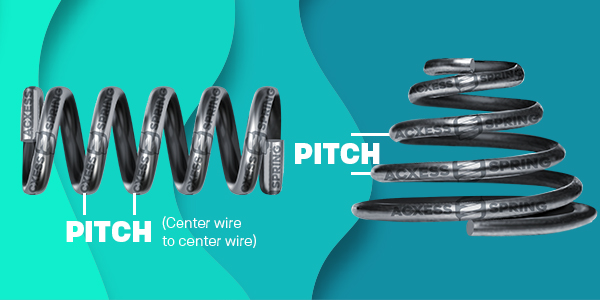
What is Pitch?
Pitch is the correct term for the space or gap between the coils and active coils of a spring. It is what gives a compression spring its force. That space is what permits a compression motion in the spring to take place. When the spring is placed under a force or load that causes it to be compressed as it does this it stores up energy and the pitch is reduced. When the load or force is removed, the pitch retakes its territory creating the original space the spring had between the helix coils. It is that space between the coils, called pitch, that gives the force and allows for distance travel in a compression spring.
Do all springs have pitch?
Not all springs have pitch. Compression spring, conical compression springs and some torsion springs are the types of springs that tend to have pitch. These springs are often referred to as ¨open coil springs.¨ As we explained in the paragraph above compression springs store up energy when they are compressed and the pitch plays a necessary role in that function. Since conical springs are also a form of compression spring with a funnel shape, they fulfill the same function and therefore also need to have space between the coils.
Many torsion springs do not have pitch, but some can. Normally a torsion spring completes a torquing motion, but in some cases, a torsion spring is required to fulfill both a torquing and a compressing movement. If this is the case it is necessary that the torsion spring have pitch.
Can Extension Springs Have Pitch?
Since the job of an extension spring is to extend, having pitch would defeat the purpose of the spring. It is the lack of pitch that allows an extension spring to fulfill its function of stretching vs compressing. An extension spring needs to have initial tension which is the tension that is sandwiched between the coils when these coils are pressed together. An extension spring functions thanks to the fact that it does NOT have pitch.
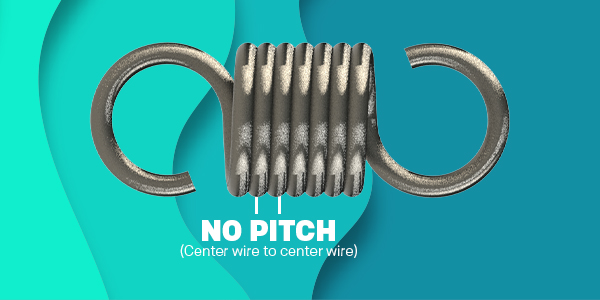
As you can see the word "pitch" is a commonly used term that simply refers to the space between two helices in a coil spring and will be found mostly in reference to compression springs. If you are looking for more information regarding the importance of pitch and its relation to the selection of stock springs visit the following page: Why does spring pitch matter when buying stock springs?












